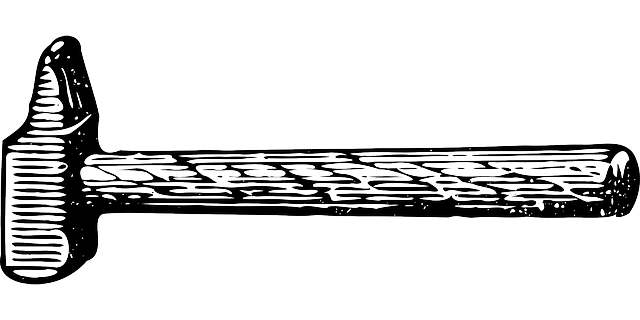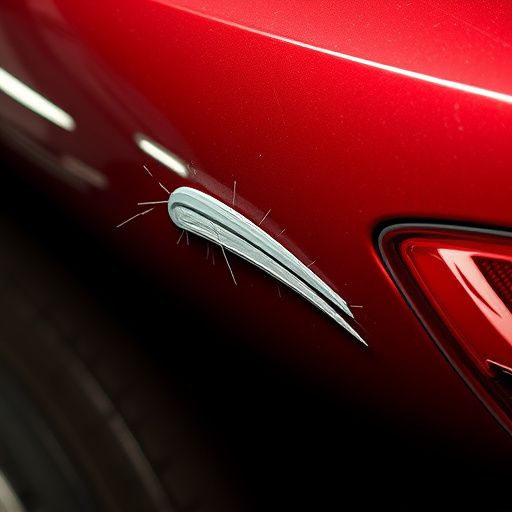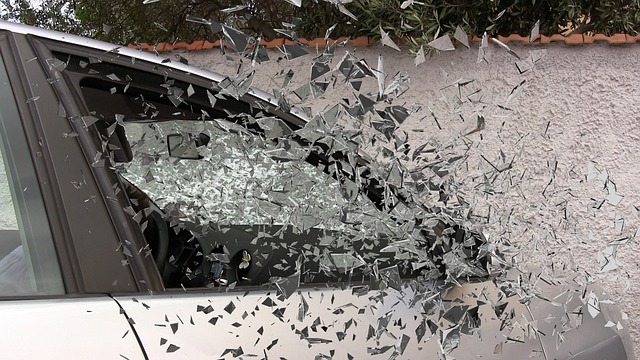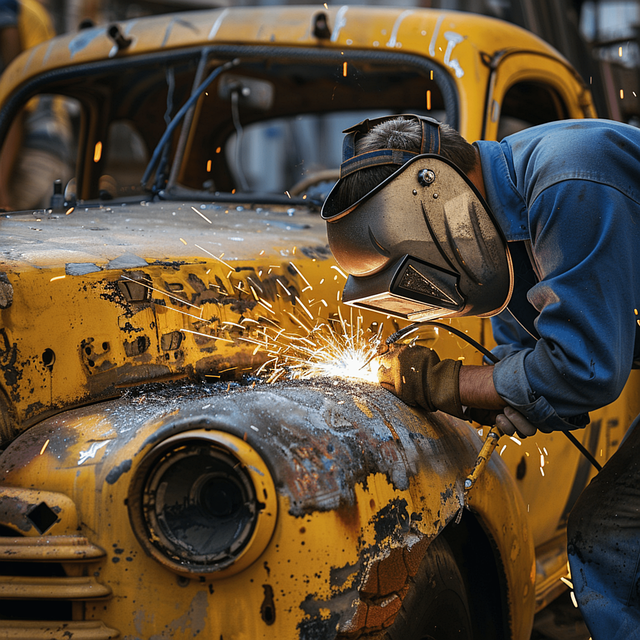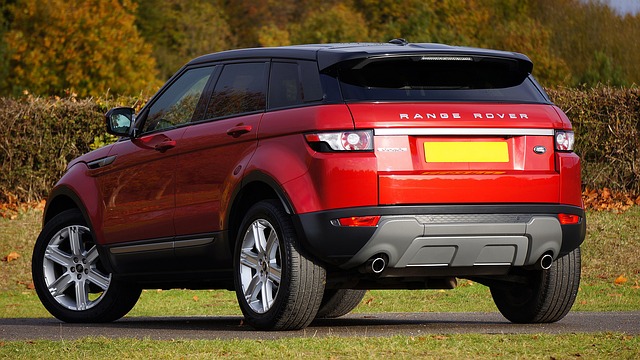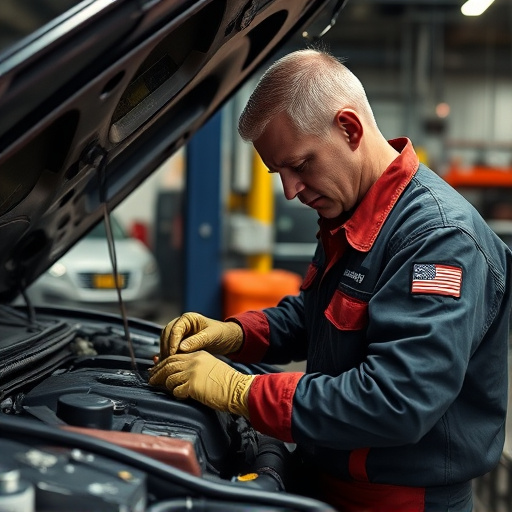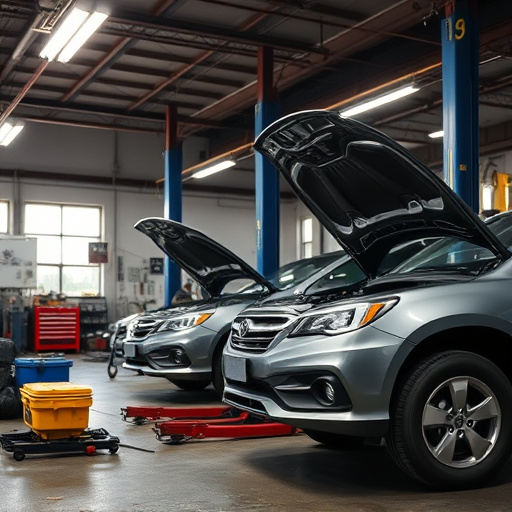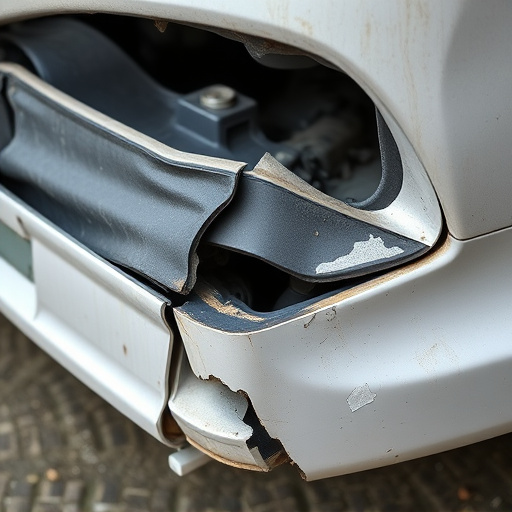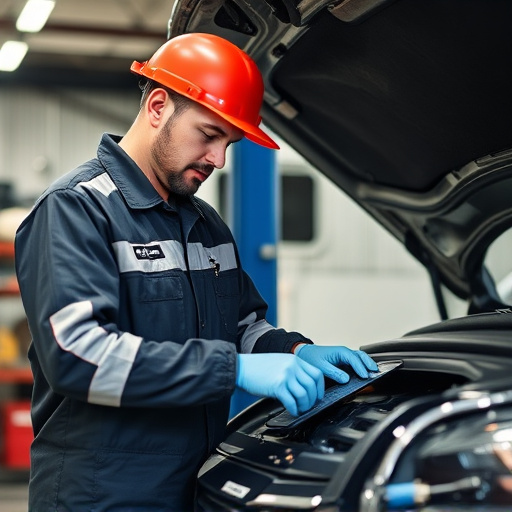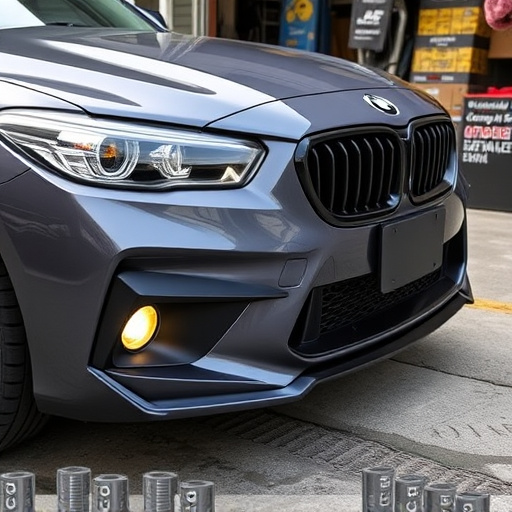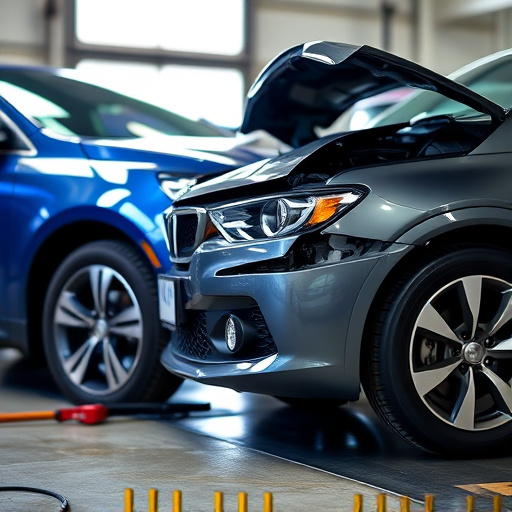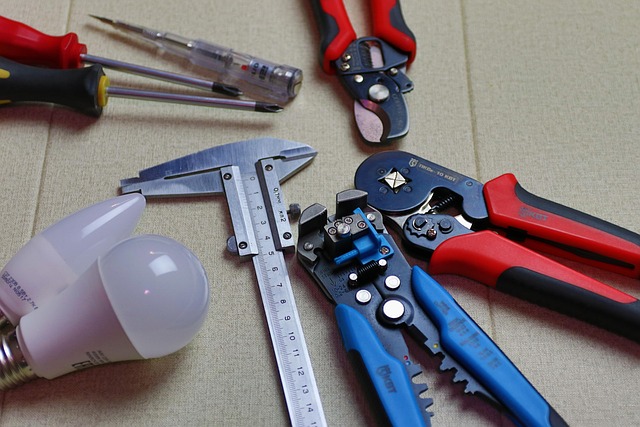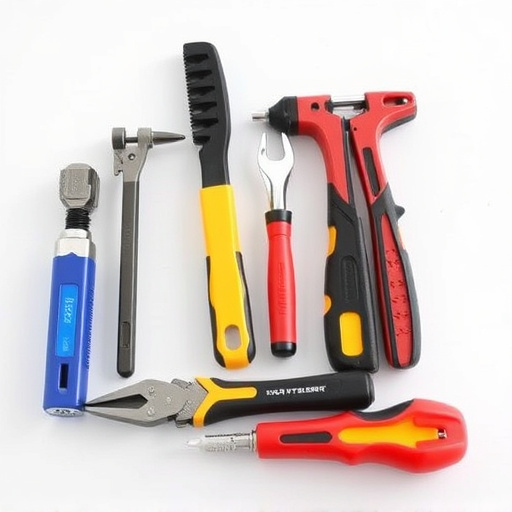Wheel arch damage, often from impacts, poses a challenge for auto repair centers. Replacement is vital for both aesthetics and structural integrity. Choosing between aluminum (lightweight, corrosion-resistant) or steel (stronger, rigid) panels depends on preferences and vehicle needs. A proper replacement process involves safety measures, thorough inspection, removal of damaged arch, new installation, and tightening for a secure fit. Severe damage may require replacing the entire wheel arch.
“Enhance your vehicle’s aesthetics and structural integrity with a comprehensive guide to wheel arch replacement. Wheel arches, critical components that shield your car’s underbody, often suffer damage from impacts, debris, or corrosion. This article delves into the wheel arch replacement process for both aluminum and steel panels, offering insights on choosing the best material for your repair needs. By understanding common damage types and following a step-by-step guide, you’ll ensure effective restoration.”
- Understanding Wheel Arch Damage and Replacement Needs
- Choosing Between Aluminum and Steel Panel Replacement
- Step-by-Step Guide to Effective Wheel Arch Repair
Understanding Wheel Arch Damage and Replacement Needs

Wheel arch damage, often caused by impacts or collisions, is a common issue that requires prompt attention in auto collision centers. The wheel arch, being an integral part of a vehicle’s bodywork services, protects the wheels and suspension system from road debris and environmental factors. When this component sustains damage, it not only affects the aesthetics but also compromises the structural integrity of the vehicle.
In such cases, a wheel arch replacement becomes necessary to restore the car’s original condition and ensure proper functionality. Reputable vehicle repair services offer this solution for both aluminum and steel panels, providing a durable fix that enhances the overall durability of the vehicle. By addressing wheel arch damage early, owners can prevent further complications and maintain the safety and reliability of their rides.
Choosing Between Aluminum and Steel Panel Replacement

When considering a wheel arch replacement, one of the initial decisions is whether to opt for aluminum or steel panels. This choice significantly influences the outcome and durability of the repair, as each material has its unique advantages. Aluminum is renowned for its lightweight properties, making it an appealing option for vehicle owners conscious of fuel efficiency and overall vehicle performance. It also offers excellent corrosion resistance, which is beneficial in regions with high moisture levels or salty roads during winter months. On the other hand, steel panels provide superior structural strength and rigidity, ensuring better crash protection and long-lasting durability. They are more susceptible to rust over time, requiring regular maintenance to preserve their integrity, but they have been a traditional choice for automotive body repairs due to their cost-effectiveness.
In the realm of automotive repair services and vehicle repair services, car body shops often weigh these factors to recommend the most suitable solution. For those seeking long-term reliability without compromising on strength, steel remains a reliable option. Conversely, aluminum is ideal for eco-conscious drivers or those prioritizing lightweight components to enhance fuel efficiency. Ultimately, the decision should align with individual preferences, environmental considerations, and the specific needs of the vehicle in question.
Step-by-Step Guide to Effective Wheel Arch Repair

Replacing a wheel arch is a crucial step in repairing both aluminum and steel vehicle panels after a fender bender or auto collision. Here’s a straightforward, step-by-step guide to ensure effective wheel arch repair at an auto repair shop:
1. Safety First: Begin by ensuring the vehicle is safely secured on a jack stand at a suitable height. Protect yourself and others with safety gear, including gloves and eye protection.
2. Inspect and Assess Damage: Carefully examine the wheel arch for dents, cracks, or any signs of damage. This will help you understand the extent of repair required. Remember, if the damage is extensive, it might be best to replace the entire arch rather than attempting a patch-up job.
3. Remove the Damaged Arch: Using the appropriate tools and following manufacturer guidelines, carefully disassemble and remove the damaged wheel arch from your vehicle. This step may involve detaching wires, hoses, or other components that are connected to the arch.
4. Prepare the New Arch: Ensure the replacement wheel arch is of the correct size and material (aluminum or steel) for your vehicle. Clean and degrease the new part to ensure a smooth bond with the existing panel.
5. Install the New Arch: Position the new wheel arch carefully, ensuring it aligns perfectly with the surrounding panels. Secure it in place using the same bolts or fastenings as the original, tightening them snugly but without overtightening.
6. Realize and Tighten: After installation, check all connections for security. Finally, lower the vehicle from the jack stand, ensuring all safety measures are in place before driving off.
Replacing a damaged wheel arch is a crucial step in maintaining your vehicle’s structural integrity and aesthetic appeal. Whether you opt for aluminum or steel panel replacement, understanding the process and choosing the right materials is key. By following a meticulous step-by-step guide, you can ensure a successful wheel arch repair that not only enhances your car’s appearance but also preserves its overall value. Implement these strategies for an effective wheel arch replacement and drive with renewed confidence.
